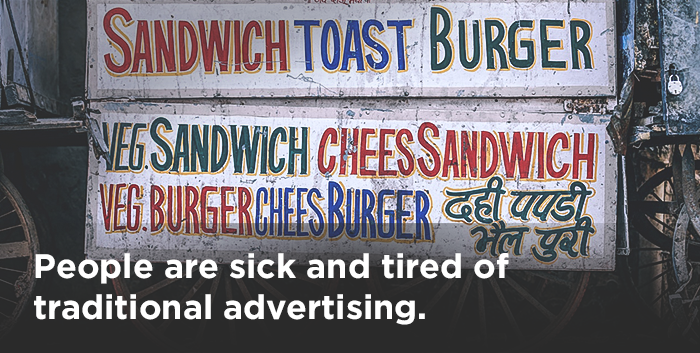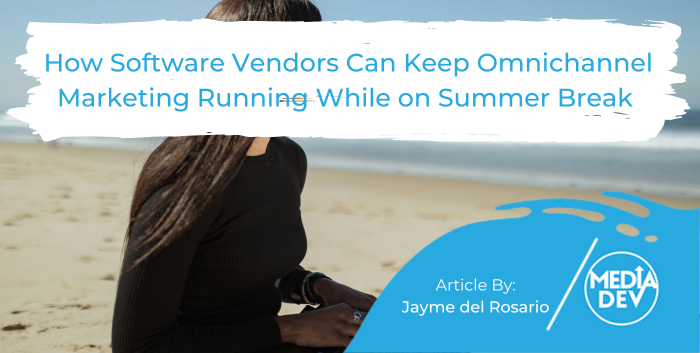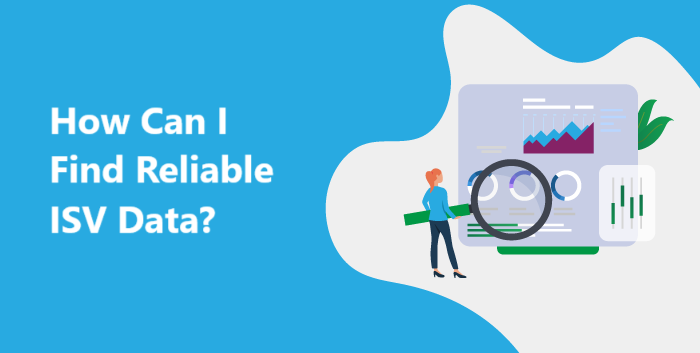“I wish we had less content,” said no sales executive ever. It’s long been known (and deemed true by Bill Gates himself who actually coined the phrase) that “Content is King.” With the rise of social media, the sheer reach of viral videos, the decrease in our attention spans and our constant need for what’s new, where would we be without content? Can you imagine what Facebook would even look like without it?
Plus, people are sick and tired of traditional advertising. Admit it; we’ve all huffed in frustration at the ad that interrupts our YouTube video tutorial, or our favorite television program. In fact, the desire of consumers to eliminate ads entirely from their daily lives is reflected in the rise of paid apps without them, and other paid programming like Netflix. Consumers want content — and they want it to be accessible wherever they are, on the device (or devices) of their choice.
The rise in content is changing our society. Consumers have never been as informed as they are now, and the availability of content (in massive volumes) never as easy to find. More people are out there creating content on a daily basis than ever before for the pure and simple reason that they can. Even my 8-year-old daughter wants to have her own You Tube channel!
This is also why advertising these days is changing too and much of the time is designed to resemble (you guessed it) content. In fact, it’s sometimes hard to tell the difference between advertising and content. (Although, this concept is not entirely new; if you’re a magazine reader, I’m sure you’ve come across what looks like an article, only to see in the small print at the bottom of the page that it’s a sponsored ad). That’s not to say that “content is the new advertising,” but just that it’s getting harder to distinguish between what’s legit and what’s not. And let’s not even talk about fake news!
What’s sure is that content marketing is all the rage, but it’s not as easy to carry out successfully as it may appear from the outside, especially in the B2B space. According to Forbes magazine, “As the mixture of paid, owned and earned media is becoming ever more complex and creating new kinds of marketing, such as native advertising – a combination of owned and paid media – it’s never been more important to create a viable content strategy.”
OK, but wait, let’s back up. What is content marketing? The Content Marketing Institute says that, “Content marketing is a strategic marketing technique of creating and distributing valuable, relevant and consistent content to attract and acquire a clearly defined audience – with the objective of driving profitable customer action by changing or enhancing consumer behavior.”
Basically, that means company assets are used to educate consumers in a conscious effort to try to influence them to buy specific products or services. And of course, content can take many forms (infographics, e-books, videos, on-demand webinars, whitepapers, guides, case studies, blog posts … the list goes on) and should be published across channels.
It’s important to have realistic objectives in mind when you start using content to generate leads. Expecting tons of qualified sales opportunities to come knocking on your door immediately after you’ve published new content is highly unlikely; but putting in place a pipeline of marketing qualified leads that can be nurtured over time (with new and varied content) is certain to have value for your business in the mid to long term. Making sure that your key messages are consistent in each new piece of content will ensure that you drive them home for your target audience. Doing so will enable you to better determine the marketing ROI of your best assets.
So what kind of content is the most useful for your business to create? From our experience conducting outbound telemarketing campaigns to promote content, here’s our list of what prospects ask for most often:
Infographics
Videos
Blogs
E-books
Webinars on demand
Conclusion










